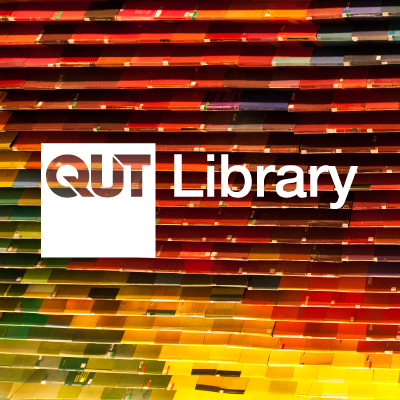Connecting Law Student Wellbeing to Social Justice, Problem-solving and Human Emotions
Abstract
Dialogue with law students in 2010 revealed that they felt law school made them more rational, objectifying, analytical, logical, isolated, insecure and intolerant. When students were invited to re-imagine law school, they explained that their ideal law school experience would have been more connected — to mentors, to other students and to the real-world impact of law. This paper asks two difficult questions: What changes in the law school curriculum would promote a more connected experience? What would it mean for law student wellbeing if the law school were to succeed in its goal of infusing an ethos of law reform and social justice into all aspects of what we do? The paper outlines six steps that a law school can take to help law students feel connected, thrive, and graduate to do good in the world.
Published
Feb 3, 2014
How to Cite
O'BRIEN, Molly Townes.
Connecting Law Student Wellbeing to Social Justice, Problem-solving and Human Emotions.
QUT Law Review, [S.l.], v. 14, n. 1, feb. 2014.
ISSN 2201-7275.
Available at: <https://lr.law.qut.edu.au/article/view/514>. Date accessed: 01 feb. 2021.
doi: https://doi.org/10.5204/qutlr.v14i1.514.
Section
Articles - General Issue
Keywords
wellbeing, teaching, working, active learning
Since 2015-12-04
Abstract Views
1765
PDF Views
1879
Until 2015-12-04:
Abstract Views
895
PDF Views
1063
Authors who publish with this journal retain copyright and grant the journal right of first publication with the work simultaneously licensed under a Creative Commons Attribution License (CC-BY) that allows others to share the work with an acknowledgement of the work's authorship and initial publication in this journal.
Articles in this journal are published under the Creative Commons Attribution Licence (CC-BY). This is to achieve more legal certainty about what readers can do with published articles, and thus a wider dissemination and archiving, which in turn makes publishing with this journal more valuable for authors.






